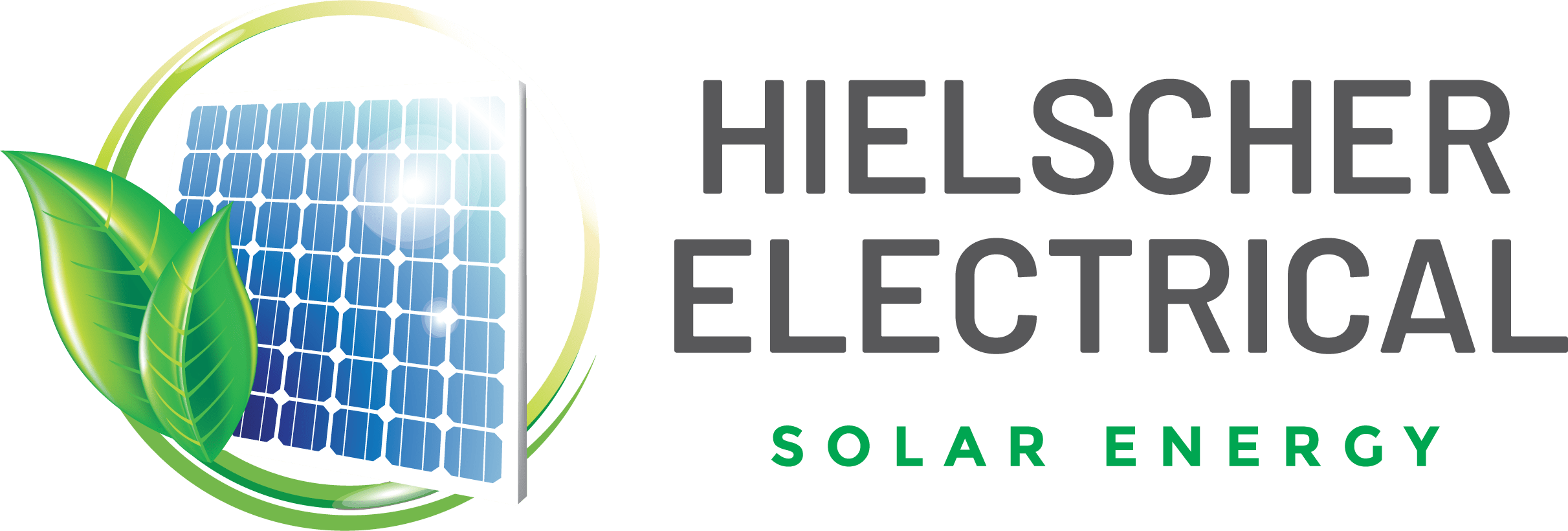As individuals living in a world of ever-increasing climate change, each of us has a responsibility to do what we can to help reduce emissions and unlock a greener future. In Queensland, this task is no different. In the wake of the Queensland Audit Office’s recent report on managing Queensland’s transition to renewable energy, it is time to consider the possible solutions that have been put forward to make the process of transitioning to renewable energy smoother and more efficient. The report itself outlined a number of key findings about the current state of Queensland’s energy system and showed that there is room for improvement. The report noted that while there are currently a variety of renewable energy sources available to Queensland, the state is not yet taking advantage of them in the most efficient or cost-effective way. The report also highlighted the need to increase the level of understanding and engagement with renewable energy sources among the public and businesses across the state. In other words, there is an urgent need to educate and inform the general public and businesses on how to incorporate renewable energy into their practices.
In order to effectively manage the transition to renewable energy in Queensland, the report recommended a number of strategies and initiatives that could be implemented. This includes developing a comprehensive energy strategy that takes into account the physical and economic infrastructure needed for the successful transition, as well as scaling up investment in renewable energy and facilitating the market for the purchase and sale of renewable energy. Other recommendations include streamlining the approvals process for new projects and developing innovative technologies. It is clear that now is the time to act on the findings of the report and take the necessary steps to unlock a greener future for Queensland. With the right policies and investments in place, the transition to renewable energy can become easier and more cost-effective in the long run, helping to reduce emissions and ensure a more sustainable future for all.
Benefits of Renewable Energy in Queensland
Queensland has been making great strides towards transitioning to renewable energy sources like solar and wind energy. With renewable energy sources offering numerous benefits, such as lower environmental impact and lower operating costs, the state is moving closer towards achieving its sustainable energy goals. Renewable energy has already provided major benefits to Queensland, including reduced air pollution, increased security of supply, and improved energy efficiency. Additionally, renewable energy can help with job creation, as it requires a large number of workers to set up and maintain the infrastructure. With the right policies in place, a transition to renewable energy can not only help Queensland meet its energy needs but also ensure a greener future for the state.
Challenges of Transitioning to Renewable Energy
The transition to renewable energy sources is an ambitious undertaking that carries several challenges. Initiatives such as Queensland’s Renewable Energy Target (RET) set a goal of achieving 50% renewable energy by 2030, including a total of 2GW of solar energy. Securing enough energy resources is a major challenge, especially for states like Queensland which has to rely on other states and the private sector to meet its renewable energy demands. In addition to that, there are technological and financial barriers that need to be taken into account. Queensland’s RET has made great progress in terms of technology development, however, there is still a need for further research and development to help bring costs down to make transitioning to renewable energy sources more viable. Furthermore, financial incentives such as the Solar Feed-in Tariff can increase the uptake of solar energy, but its success is dependent on proper implementation and implementation of other state-level policies. Overall, transitioning to renewable energy sources requires careful planning and execution to ensure the success of Queensland’s Renewable Energy Target.
Innovative Solutions for Overcoming Challenges
Innovative solutions are essential to ensure a smooth transition to renewable energy for Queensland. Smart grid technology, energy storage, and green hydrogen production are all potential solutions that can help the state move towards a cleaner future. Smart grids can enable better demand forecasting and more efficient electricity distribution, while energy storage solutions, such as batteries, can help to reduce peak demand and stabilize the grid during times of higher energy usage. Meanwhile, green hydrogen production can provide a reliable source of clean energy to power homes and businesses. These solutions are essential for managing Queensland’s transition to renewable energy and providing a greener future for the state.


Impacts of Renewable Energy on the Economy
The use of renewable energy sources such as solar, wind, geothermal, and hydropower is becoming increasingly popular. Renewable energy sources offer an economical solution to the rising energy demand, helping to reduce the environmental impacts associated with traditional fossil fuels. This shift to renewable energy has also had a positive impact on the economy. Investments in renewable energy systems help to create jobs and promote economic growth, while the long-term savings that come with renewable energy help to reduce energy costs for businesses and households. By transitioning to renewable energy, Queensland can benefit from lower energy costs, reduced emissions, and improved economic stability.
Pro’s and Con’s of a Transition to Renewable Energy in Queensland
Pros:
• 70% renewables target by 2032 announced in landmark energy plan
• Deliver clean reliable and affordable energy for Queenslanders
• Commitment to progress two new pumped hydro projects by 2035
• Build the new Queensland SuperGrid to connect solar, wind, battery, and hydrogen projects across the state
• Convert all of Queensland’s publicly-owned coal-fired power stations into clean energy hubs by 2035
• Backed by a Job Security Guarantee for workers
• Substantial investment across the state with 95% of clean energy infrastructure investment anticipated to be in regional Queensland
• Affordable clean and secure energy will deliver thousands of jobs for Queenslanders and help drive economic growth across the state
• Queensland has the highest rate of household rooftop solar installations in Australia
• Electricity demand is now being supplied by over 20% renewable sources
• Invested more than $300 million in a range of pilots and programs to assist households to reduce their energy use and costs
• Hydrogen Training Centre of Excellence at Beenleigh
• Fast track the development, production, domestic use, and export of hydrogen from Queensland
• Renewable energy investment destination of choice
• Increased diversified renewable energy supply
Cons:
?
…. I think the transition will take us in the right direction!
Conclusion
The conclusion of this blog post is that Queensland’s transition to renewable energy is essential to unlock a greener future and will require management of existing resources, as well as the implementation of new initiatives. The transition must include all stakeholders to ensure the most effective and efficient use of available resources, and to ensure that the benefits are enjoyed by all. By taking the right steps to manage the transition, Queensland can lead the way in helping to create a sustainable future.


🌞 Save Money and Electricity 🌞
Get Solar Panels for Your Home!
🏠 Interested in solar panels? ☀️
Contact Hielscher Electrical and Solar now for a FREE onsite assessment and quote. Start saving today! 💰💡
How useful was this post?
Click on a star to rate it!
Average rating / 5. Vote count:
No votes so far! Be the first to rate this post.
- About the Author
- Latest Posts
I took an interest in the Australian energy sector close to ten years ago and since then have monitored the trends, technologies and direction of the Australian Energy Market. I was drawn to the Australian solar market in 2008 and since then have worked heavily in the field. I am partnered with national and international solar energy companies, from manufacturers of solar panel and inverter technology, online software developers that introduce tools to quote, monitor and manage solar power systems and media organisations who like myself, closely monitor the solar and renewable energy sector.




